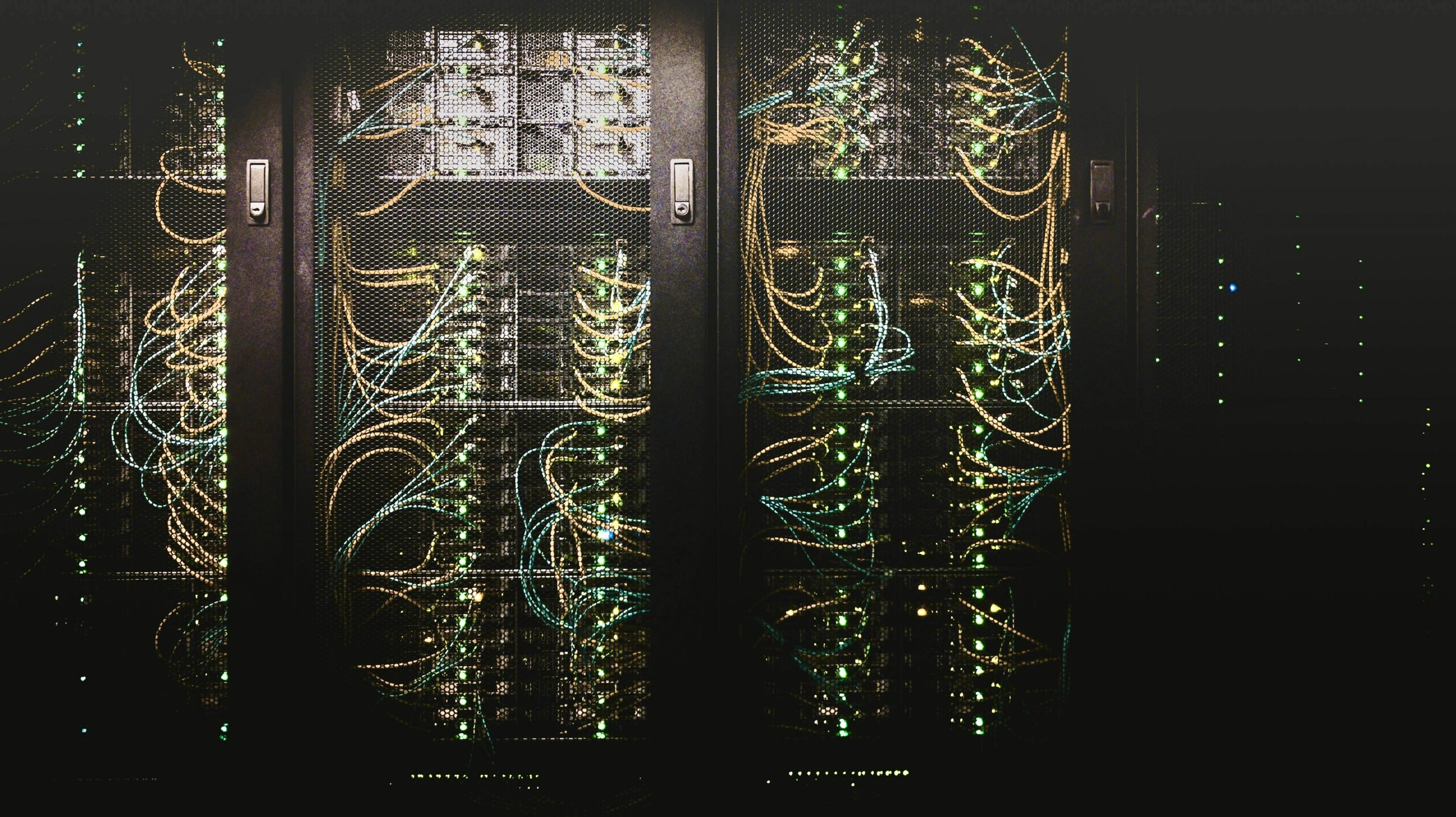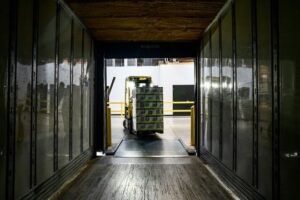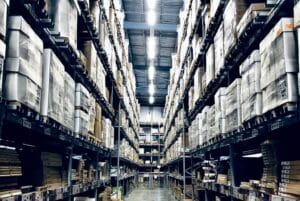Stability and robustness of the EGO WMS
Maintenance and protection of the Ego WMS
You are looking for quick answers to your questions. Sita'Link is here for you!
WMS EGO software updates
Optimize the robustness and performance of the EGO solution .
Our team of developers within the SITACI R&D department is dedicated to stabilizing and optimizing the WMS suite.
We regularly deploy corrective and preventive patches to improve stability, limit the risk of errors and optimize the speed of processing.


Online Support
A dedicated extranet to simplify your daily life.
Our Support team is available to assist you and answer your questions.
You can reach us via our Hot Line service or our ticket management. By providing details on the application, the screens and your logistical context, our team will analyze your need, qualify it and get back to you quickly.
We route your requests to the most suitable experts, whether consultants, R&D engineers or EGO project managers.
Hosting & Backups
Securing and optimizing your data.
Our SaaS offering offers four levels of backup:
- Daily
- Weekly
- Monthly
- Annual
We define the granularity and number of backups retained, perform restoration tests and offer exports of archived data upon request.
Additionally, we offer different levels of data retention to ensure your databases are accurately reconstructed.
Our solution includes environments tailored to your needs, from testing to production, including pre-production environments.


On-call & Troubleshooting
Telephone assistance with our technicians in the event of a major problem.
We provide extensive support every day of the year, except weekends and public holidays, from 8 a.m. to 12:30 p.m. and from 1:30 p.m. to 6:30 p.m. With our “Extended Maintenance” service, we offer extended maintenance from 5:00 a.m. to midnight.
Our services make it possible to respond to occasional increases in activity and extended cycles (2×8 or 3×8). We intervene directly in customer environments for troubleshooting actions, often without interrupting operations thanks to the robust architecture of our WMS platform.
Infras & DBMS management (24/7)
24/7 support and intervention by DBA.
Our DBMS servers are continuously monitored, and alerts are sent to our Support team. We also monitor all of the platform's services and applications. Infrastructure supervision is carried out during standard hours (5/7) and can be extended to 24 hours a day, 7 days a week.
We regularly work on our infrastructures to ensure their proper functioning.


Preventive & Corrective Maintenance
Request an intervention on EGO via our extranet.
Our maintenance cycle is divided into two categories:
Corrective maintenance : Identification and correction of bugs with deployment of corrective patches. Our PARC team analyzes the ticket, develops, tests and delivers the correction.
Preventive maintenance : Stabilization and continuous optimization of the WMS suite with regular deployment of preventive corrective patches.
Our team of acceptance managers validates the stability and robustness of new features before they are released to the market, thus ensuring a high level of confidence and a reduction in corrective maintenance tickets.
Business Resumption Plan (PRA)
Assistance in restoring activity after an incident.
Our SaaS offer includes the implementation of a PRA based on data retention solutions hosted in a secure third-party DataCenter and a redundant infrastructure.
We offer several levels of security depending on the volume and importance of logistics flows. Thus, you will be able to choose between 2 types of demanding PRA, up to the Business Continuity Plan (PCA).


MCO Material
Express repair or replacement of your equipment.
We provide ongoing maintenance of your equipment to ensure its proper functioning.
In the event of a breakdown, we provide express repair or replacement to minimize interruptions and maintain your productivity.
Improved Maintenance
Adjust how EGO works to your specific needs.
Our R&D team follows a firm six-month roadmap and has a portfolio of forecast actions for the coming year. As part of our innovation actions, we actively integrate the SITACI customer community.
Our customers can participate as contributors to logistics specifications and as testers of new releases.
This collaborative process allows us to create high-quality specifications, meeting the concrete requirements of the field.
Once the release is finalized, our innovations developed by the R&D department are rigorously tested by our recipe managers, then documented by our trainers before being deployed in our clients' SaaS infrastructures.

Book a free demo
Contact us to book your EGO WMS demo
Ready to find out how we convinced more than 580 customers to optimize their logistics with EGO WMS?
Please fill out these fields
to book a demo


















